The theory of sublime art was put forward by Edmund Burke in A Philosophical Enquiry into the Origin of our Ideas of the Sublime and Beautiful published in 1757. He defined the sublime as an artistic effect productive of the strongest emotion the mind is capable of feeling. He wrote ‘whatever is in any sort terrible or is conversant about terrible objects or operates in a manner analogous to terror, is a source of the sublime’.
In landscape the sublime is exemplified by J.M.W Turner’s sea storms and mountain scenes and in history painting by the violent dramas of Henry Fuseli. The notion that a legitimate function of art can be to produce upsetting or disturbing effects was an important element in Romantic art and remains fundamental to art today.
Analysing the sublime- British Art and the Sublime Christine Riding and Nigel Llewellyn
Although the theory of the sublime was discussed across many western cultures, it was especially important in eighteenth-century Britain, mainly because of the increasing importance of landscape as a subject category for artists and critics and because of the impact in the eighteenth century of the best-known theory of the sublime in English, which is found in the Irishman Edmund Burke’s A Philosophical Enquiry into the Origin of Our Ideas of the Sublime and Beautiful, published in 1757. Edmund Burke (fig.1) was not the first philosopher to be intrigued by the power and complexity of the idea of the sublime but his account of it was exceedingly influential. He broke the idea of the sublime down into seven aspects, all of which he argued were discernible in the natural world and in natural phenomena:
Darkness – which constrains the sense of sight (primary among the five senses)
Obscurity – which confuses judgement
Privation (or deprivation) – since pain is more powerful than pleasure
Vastness – which is beyond comprehension
Magnificence – in the face of which we are in awe
Loudness – which overwhelms us
Suddenness – which shocks our sensibilities to the point of disablement
Although the phenomena on this list represent serious challenges to human equanimity, Burke argued that they were benevolent on the grounds that sublime reactions like these would lead to a kind of pleasurable or fulfilling terror. So it was that for an eighteenth-century viewer to be frightened by a sublime effect in a work of art was regarded as a positive experience. Take this passage, which reads like an entry in a Grand Tourist’s diary, but which is, in fact, taken from a novel by Ann Radcliffe (1764–1823):
They quitted their carriages and began to ascend the Alps. And here such scenes of Sublimity opened upon them as no colours of language must dare to paint ... Emily seemed to have arisen in another world, and to have left every trifling thought, every trifling sentiment, in that below: those only of grandeur and sublimity now dilated her mind and elevated the affections of her heart. 2
Referring back to Burke’s list, we can see that many Burkean tropes occur in this passage: the sudden transformative view; a sensation that is beyond expression and which impairs the intellectual faculties; the idea that contemplation of the sublime transports the spectator; and, the association of the themes of grandeur and elevation.
On the simplest level, a sublime experience while crossing the Alps is an engagement with landscape and in eighteenth- and nineteenth-century Britain, the sublime was associated in particular with human responses to the immensity or turbulence of the natural world, as captured by landscape artists. Consequently, sublime landscape painters, especially in the Romantic period, around 1800, tended to take subjects such as towering mountain ranges, deep chasms, violent storms, rough seas, volcanic eruptions or avalanches that, if actually experienced, would be dangerous and even life-threatening. Importantly, during this same period, the relationship between the sublime and other aspects of the ‘beautiful’ was probably the key topic discussed among aestheticians, who tended to refer back to revered poets and artists of earlier periods as the examples to be emulated. Tracing sublime and beautiful tendencies was, therefore, a way of organising the history of art. For example, looking back at seventeenth-century Italy, the Romantic theorists regarded the Neapolitan painter Salvator Rosa (1615–1673) as an able exponent of the sublime, pointing out that he used landscape (to quote the artist Henry Fuseli) as ‘a vehicle of terrour [sic]’, and delighted ‘in ideas of desolation, solitude, and danger’.3 By contrast, the work of the Frenchman Claude Gelée, better known as Claude Lorrain (1600–1682), was regarded as the antithesis of sublime since it exemplified classical beauty through its formal harmony, elegance and subtle luminosity. Claude’s compositions are perhaps the antithesis of ‘disorder’, described so often in the sublime literature as a positive attribute and a potent sign of a sublime effect, for example:
A great mass of rock, thrown together by the hand of nature, with wildness and confusion, strikes the mind with more grandeur than if they had been adjusted to each other with the most accurate symmetry.4
Christine Riding and Nigel Llewellyn, ‘British Art and the Sublime’, in Nigel Llewellyn and Christine Riding (eds.), The Art of the Sublime, Tate Research Publication, January 2013, https://www.tate.org.uk/art/research-publications/the-sublime/christine-riding-and-nigel-llewellyn-british-art-and-the-sublime-r1109418, accessed 25 May 2021.
J.W.M Turner's Sea Storms
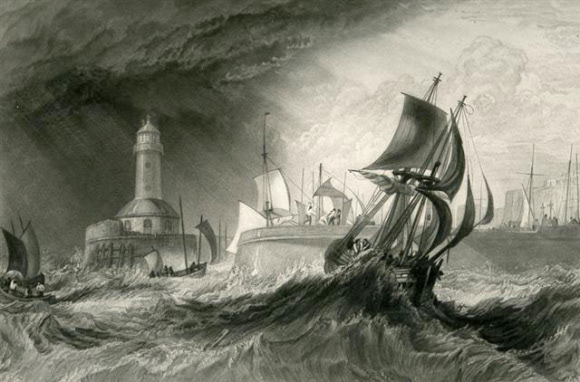


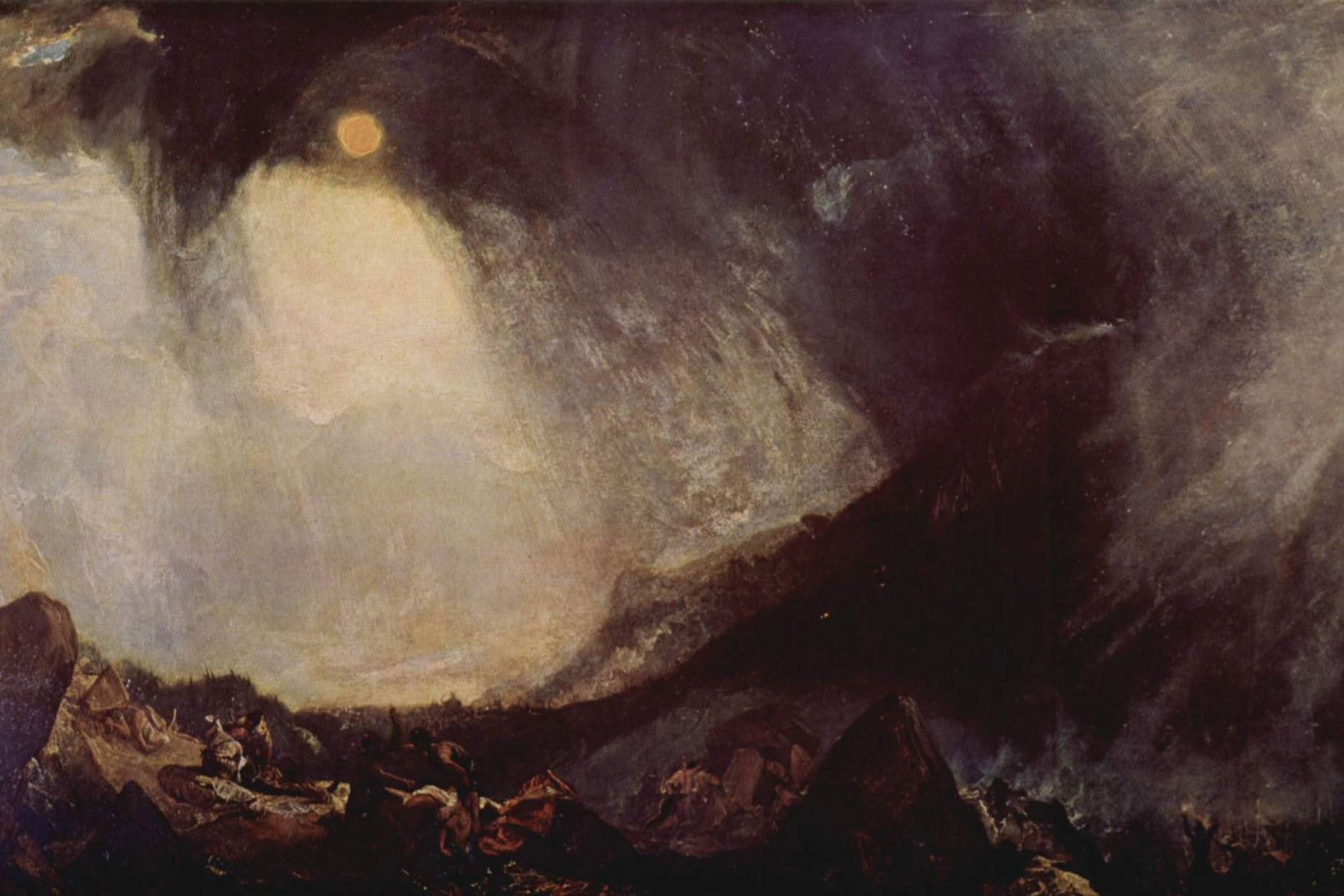

Turner’s Sea storms painted around the 1840s depict what we may feel as the sublime. A greatness above our power, a vision of awe and omnipotence for the landscape. His work depicts the mighty ocean storms that no human would want to be stuck in the middle of. This feeling of danger towards the landscape is the sublime, a feeling that you are small and insignificant compared to the control that mother nature has of the land and sea.
The feeling of the sublime is far greater than its description. Words cannot produce the same feelings that can be fostered when you are standing in front of a piece of art or photograph. I gather these feelings when I am in the landscape, they are feelings which try and convey within my photographic practice. I want my viewer to feel the same awe and greatness that I feel the moments before I release the shutter button.
Turner’s work creates a sense of danger with almost biblical scenes of boats and waves crashing across the canvas. Something that I do not create in my work as I convey the beauty of the land and want my viewer to feel at peace with the spaces that I photograph. I want to investigate the modern sublime and how photographers and videographers create a sense of it in a world where audiences are constantly being shown the beauty of the land through multiple mediums.
Sidetracked Magazine
Sidetracked is an online and print magazine that captures the experience of adventure travel and extreme sports through personal stories. The magazine was started as a website in 2011 but in 2014 moved into print with a premium quality bi-annual journal. Sidetracked also gives an annual grant to explorers through its adventure fund. Its editor-in-chief is John Summerton; the editor is Alex Roddie; the photo editor is Martin Hartley; other editors are Jenny Tough and Daniel Neilson.
https://en.wikipedia.org/wiki/Sidetracked_(magazine)
The Sidetracked magazine is a photographic adventure journal. With each issue being full of articles written and photographed by explorers from all over the world. The whole journal is showing the sublime and mans relationship with the way in which we move through the land. The articles are incredibly inspiring as you do not just feel awe towards the landscape photographs taken, the feeling of amazement is also collected by the activities that the explorers are participating within the land.
NO SLEEP ‘TIL ZERMATT
Ski touring the Haute Route in a single push
Written by Aaron Rolph
Photography: Mark Chase on behalf of the British Adventure Collective
Written by Aaron Rolph
Photography: Mark Chase on behalf of the British Adventure Collective
https://www.sidetracked.com/no-sleep-til-zermatt/
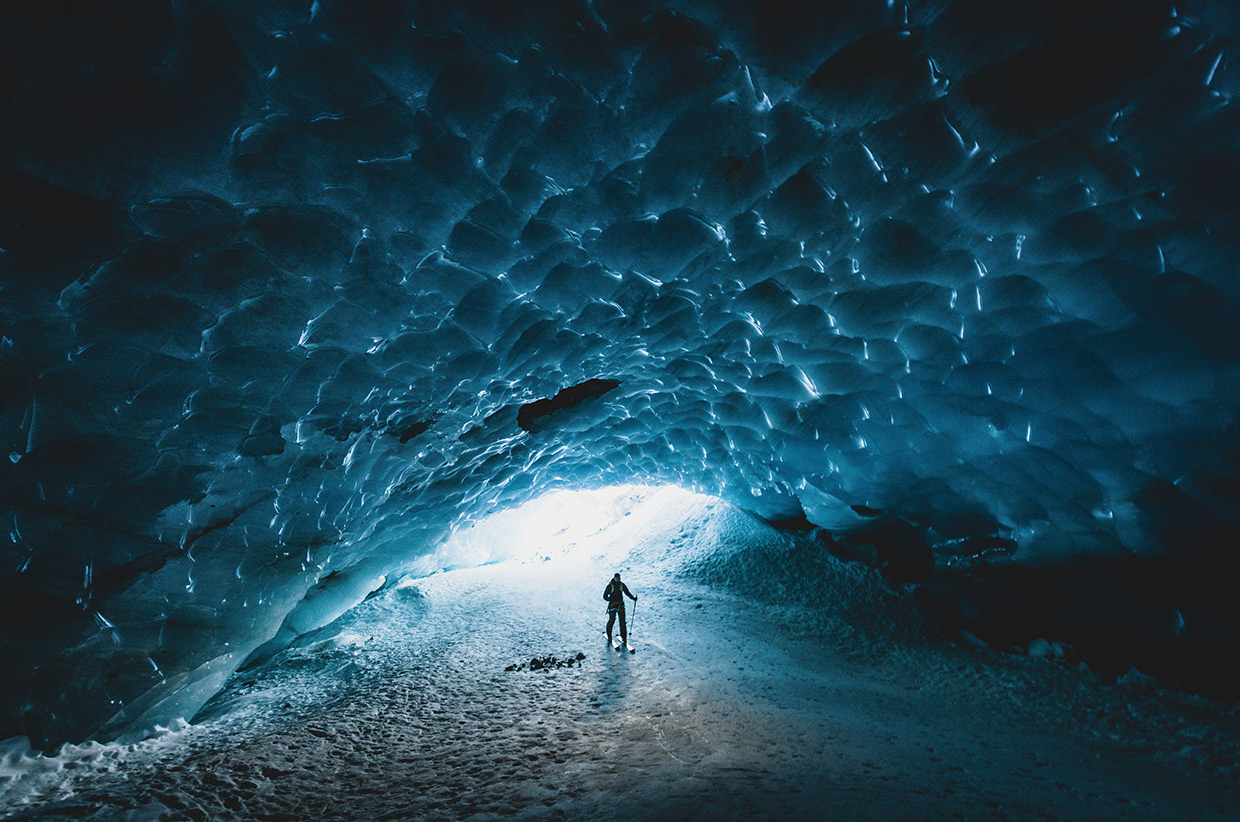
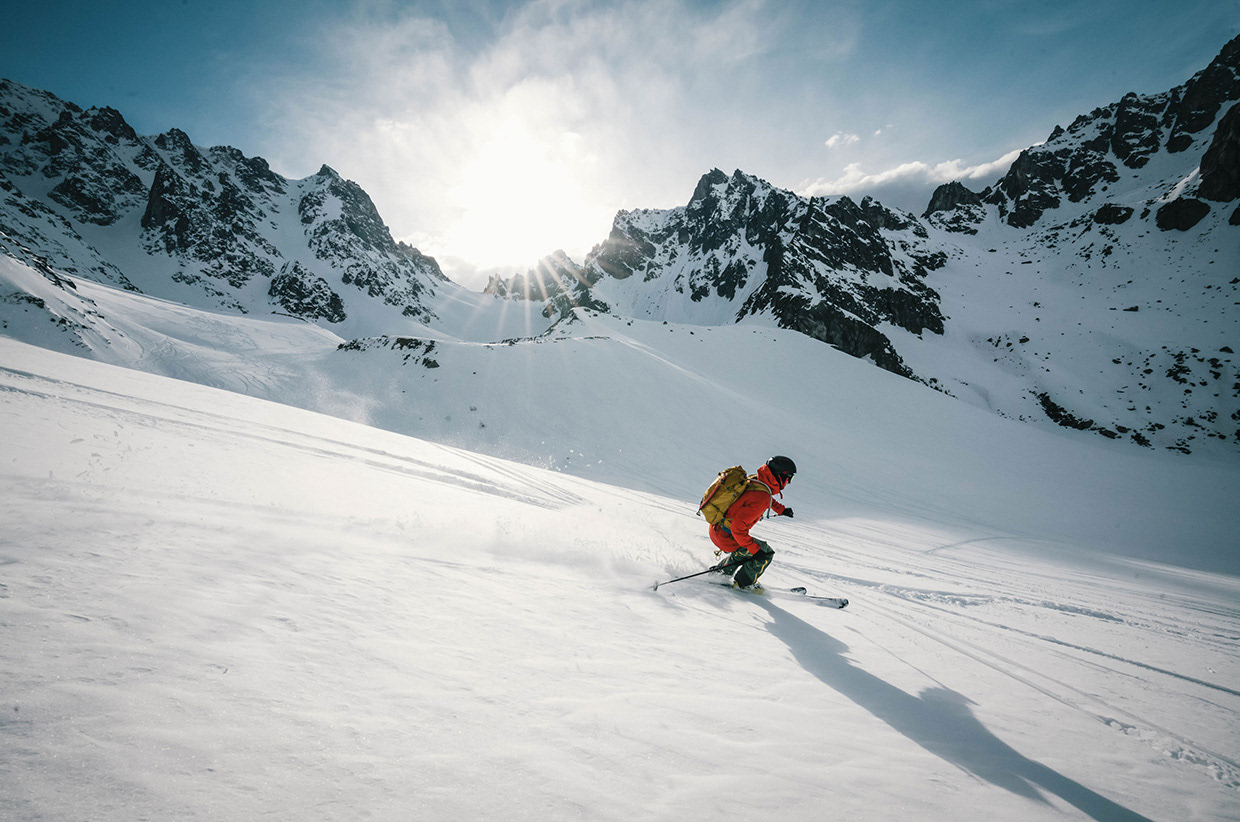

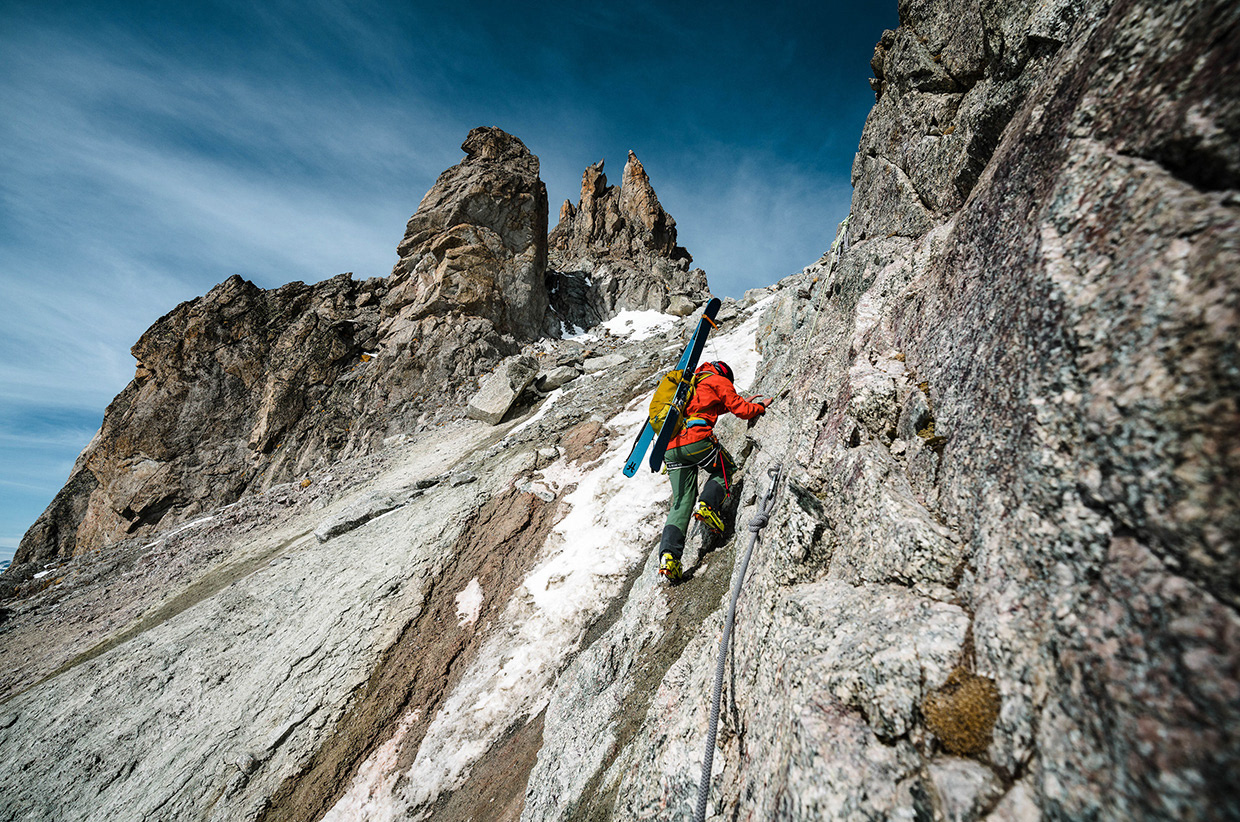
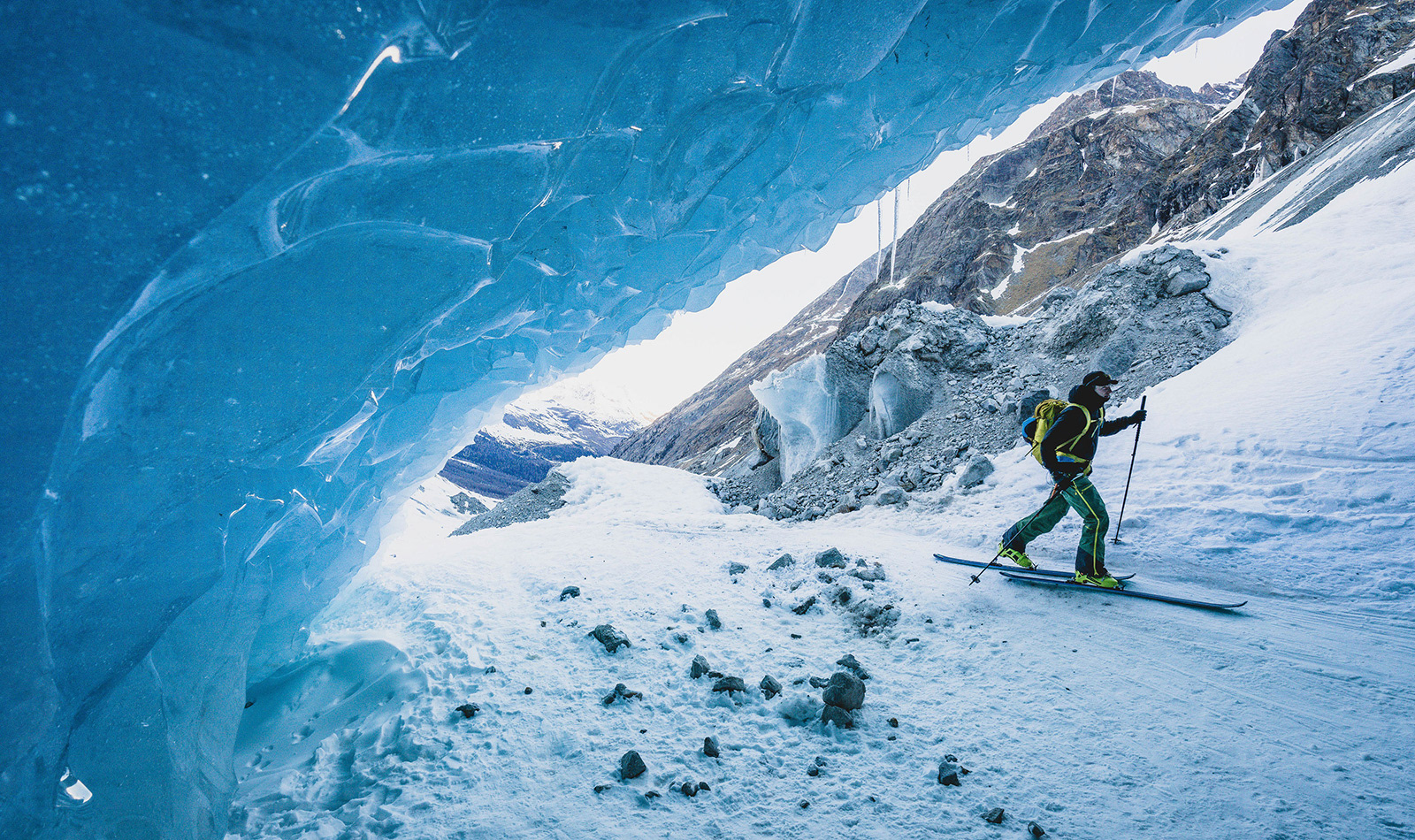
“My heartbeat is pounding through my head like a drum, and although I’m at altitude, I realise I’m pushing a little too hard. Picking up a skin track that meanders through the fresh snow in the glaciated valleys above Chamonix, I’m letting the excitement of this big adventure get the better of me. If I’m to ski the Haute Route in a single push, I need to settle my nerves and temper my speed. After all, I’m no superhuman skimo racer, but a 90+kg Brit who learnt to ski pretty late in life, attempting to do in a day what capable skiers aspire to do over a week...”
“I usually find the first third of an expedition or endurance challenge the hardest. I’d already covered a respectable 25km, with over 2350m ascent, a big day in itself for me and many ski tourers in ordinary circumstances. And yet these were no ordinary circumstances. With some fatigue already starting to set in, I had barely scratched the surface of my unapologetically ambitious goal...”
“By now the sun is starting to dip below the horizon. I find myself strangely excited, if somewhat apprehensive, about the long night ahead. I bid farewell to my support crew legends Katie and Mark who I won’t see until the morning with around 40km and 3000m ascent between us and the next stop, Arolla…”
“By now I’m starting to grapple with the real loneliness of my position. Instead of worrying about the risks, however, I feel a heightened connection with the mountains. After all, it’s just us now. It seems as though the whole world is sleeping as I slide effortlessly across these firm white mountains, the snow glistening under my headtorch. Now over the halfway point, and having been skiing for over 18 hours straight, I feel remarkably awake – alive in fact – and although I’m tiring physically, I will soon be reaching another peak…”
My reflection
I wanted to use the magazine as a source of research as it is something that I perhaps overlook when I am doing research. I have had a Sidetracked magazine sat on my desk for the past month and it did not cross my mind until now that what I have been reading has been inspiration for me. The expeditions that I do are most definitely not as extreme as ski touring across the Alps or crawling through dark caves. However, I do feel inspired by these adventurers to go out and have adventures that are within my capabilities physically and photographically.
The whole magazine is full of articles and photographs of humans exploring some of the most amazing spaces on the planet. The sublime is captured and shared in the format of a beautifully laid out journal. The collection of photographs emphasizes the beauty that is in the world and inspires me to go out and create work which shows it off.
Going forward with my research, I am going to reflect on my personal relationship with the landscape. This stage will bring together many of the external influences that are in my life that perhaps draw my photographic practice to the landscape.